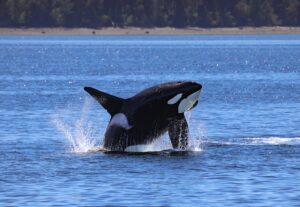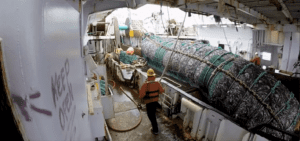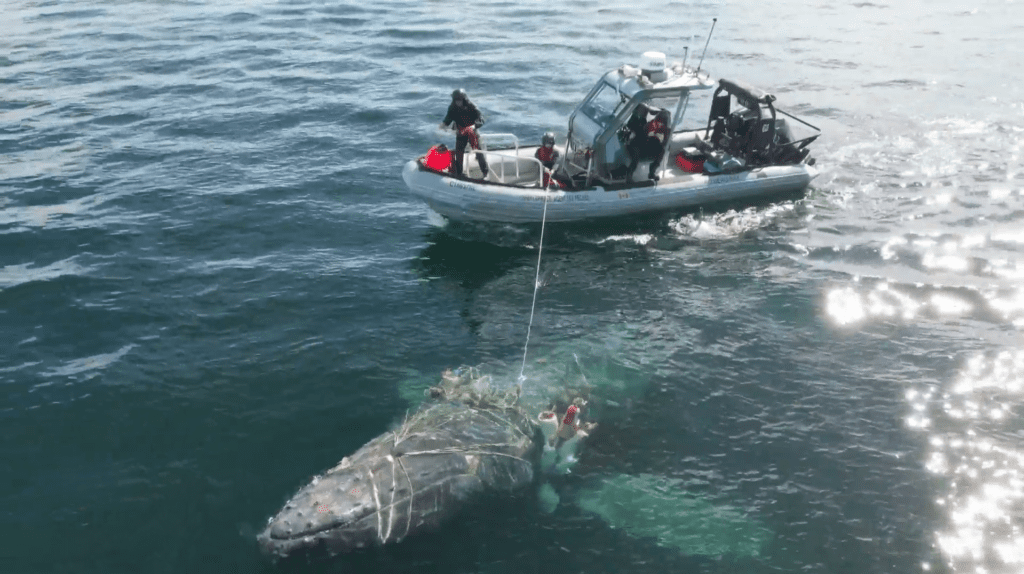
After an intense four-day rescue operation, an 11-metre-long humpback whale was freed from a mass of fishing gear in the Hecate Strait off British Columbia’s North Coast. Rescuers believe the whale had been entangled for several months, struggling under the weight of ropes and debris that severely restricted its movement and ability to feed. More than 50 cuts were required to remove the fishing gear and set the whale free.
Paul Cottrell, marine mammal coordinator for Fisheries and Oceans Canada (DFO), who was one of the rescuers on the scene, observed that the humpback could barely open its mouth and that the ropes were wrapped all over its body so tightly that they were digging into the whale’s blubber. Cottrell added that without human intervention, the humpback would likely have perished.
Entanglement incidents like this are becoming increasingly common along the West Coast. According to data from the National Oceanic and Atmospheric Administration, reports of entangled humpback and gray whales have surged, jumping from an average of 10 cases per year between 1982 and 2013 to 50 per year from 2014 to 2017.
Just last month, two humpback whales became tethered together by fishing gear, creating a dangerous situation for both animals. Rescuers worked tirelessly over several days to carefully disentangle the whales, eventually freeing them. The kayaker who first spotted the whales noticed them struggling and failing to swim properly.
In a particularly distressing case this July, a different humpback whale was seen near the Discovery Islands with its tail completely severed, likely as a result of an entanglement with fishing gear. Without its tail, the whale’s chances of survival are drastically reduced. A Facebook post from the Marine Education and Research Society (MERS) noted, “This whale is also emaciated because they are not able to move/feed adequately.”
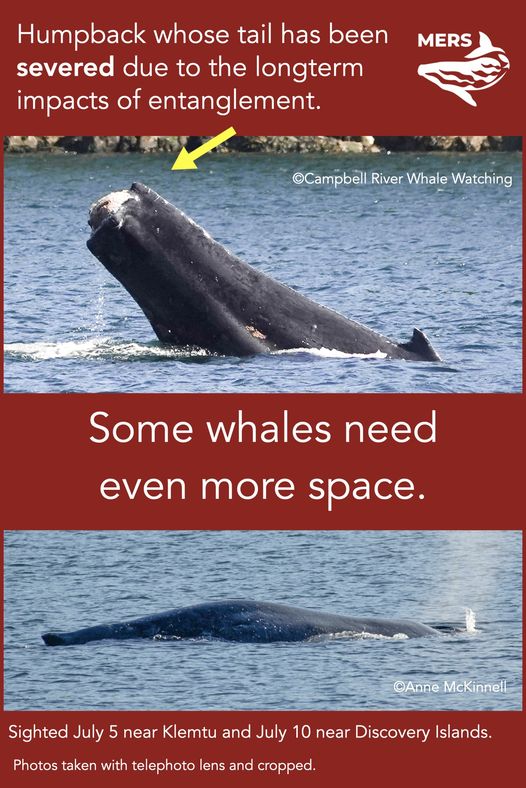
Other researchers also speculate that the whale’s severed tail could have been the result of a collision with a vessel. The intersection of expanding commercial activities and crucial whale habitats is making survival more challenging for cetaceans, which are already contending with habitat loss and environmental changes.
In fact, the rescuers who freed the whale near Hecate Strait were conducting a necropsy on a deceased fin whale in Prince Rupert Harbour when they were alerted to the humpback’s distress. Preliminary necropsy results indicated that the 65-foot fin whale died from blunt force trauma, likely due to a collision with a vessel. Ship strikes are a growing concern in British Columbia’s waters, as increased vessel traffic poses significant risks to whales and other marine life.
The rise in maritime traffic, particularly from large-scale projects such as LNG Canada’s liquefied natural gas terminal at Kitimat, is expected to exacerbate these issues. The project is set to significantly increase tanker traffic through the waters of the Gitga’at First Nation. A 2023 study projected that ship strike mortalities will “increase in the next decade by 2.3X for fin whales and 3.9X for humpback whales.”
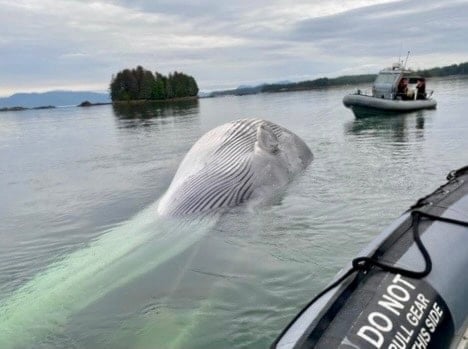
Janie Wray, CEO of BC Whales, emphasized the current relative tranquility of the region’s waters as a key factor in the high abundance of humpback and fin whales. “We believe that one of the reasons we have such a high abundance of humpback and fin whales in this region is because at the moment there’s not a lot of vessel traffic,” Wray noted. “It’s going to change dramatically overnight for them when these large vessels start to go through this area.”
Learn more about this story by checking out this article.



